In storms, solar holds up
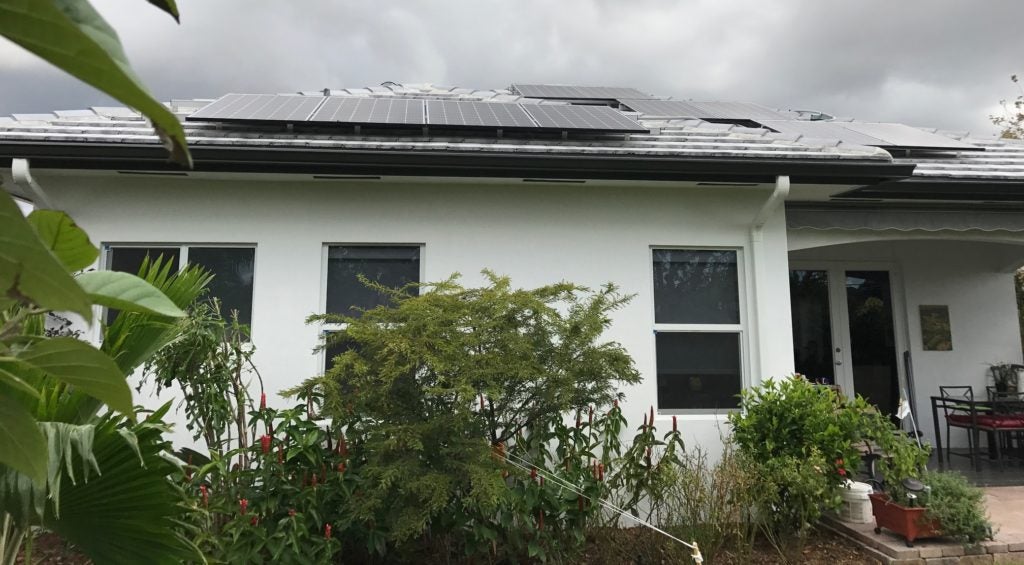
Summer is fast approaching, and with it comes storm season.
If you’re considering going solar, you may have questions about how your system will hold up to heavy winds and rain caused by summer storms—even hurricanes.
Solar homeowners who have weathered past storms know the answer:
Solar panels can handle almost any storm! And when combined with battery storage, they can keep your essential appliances up and running when you need them most.
In our decade-plus of working with solar homeowners, we’ve seen countless solar success stories even in the most devastating storms:
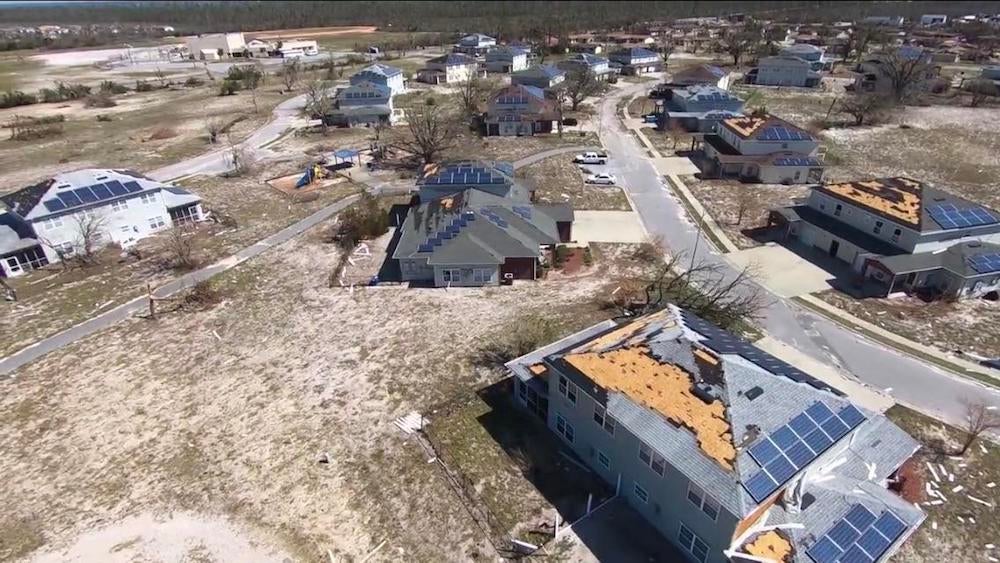
While Hurricane Michael caused extensive damage across the Florida panhandle in 2018, solar systems remained intact. This included co-op installations in Bay and Franklin counties.
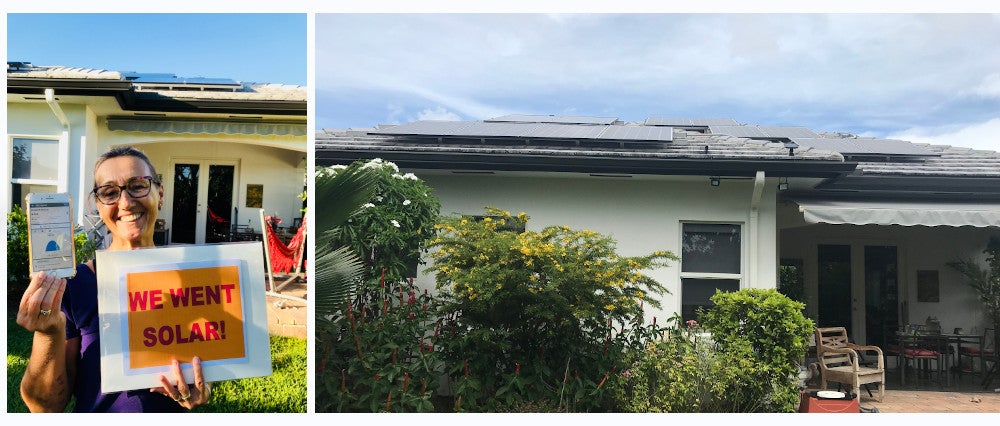
Elisabeth Murray’s house in Coral Gables, Florida, was in the path of heavy wind and rain from Hurricane Irma in 2017.
“During the storm, I was worried if the panels would hold up,” she said. “The panels held up fine. As soon as we got power back, I checked on the app [that monitors her solar production]. We were producing again and everything was normal.”

Lori Cunniff reported no problems with her solar system after her home in Merritt Island, Florida, experienced 110 mph winds and downed trees due to Hurricane Matthew in 2016.
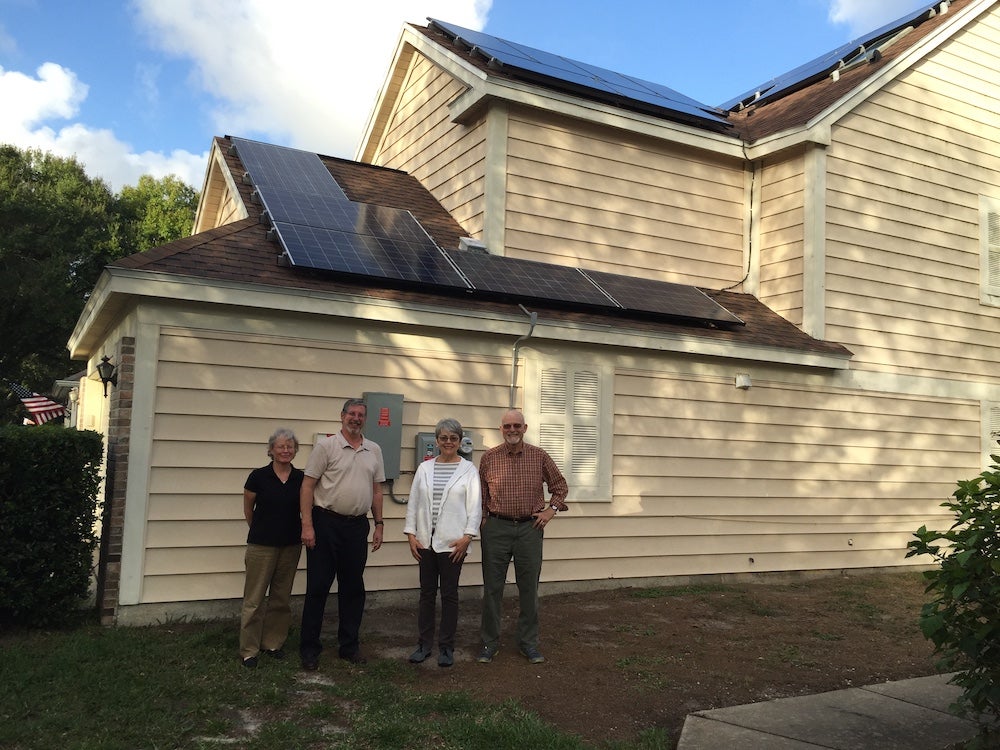
In Orange County, Florida, Michael Cohen’s system withstood 60+ mph winds and hard rain during Hurricane Matthew. Not only were his panels unaffected by the wind, but his system actually produced about 4.6 kWh of electricity the day of the storm.
State and local requirements ensure solar installations can withstand local weather conditions.
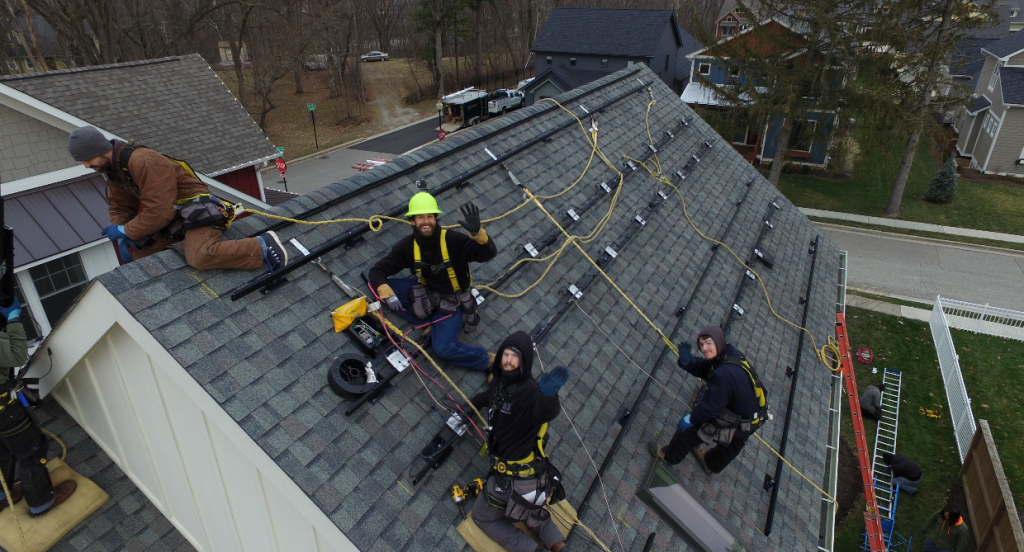
With strict guidelines and permitting, solar installations tend to be made and installed to handle a tremendous amount of abuse from mother nature.
Solar systems are designed to withstand wind, hail, and snow. And often, they can even handle seismic activity!
Part of the permitting process for new solar installations is to ensure they meet state and municipal building codes and other requirements—for wind resistance, snow-load, and other criteria. These requirements vary by state, local government, and system type and size.
Take Florida for example—a state that experiences a high number of extreme weather events.
- In many areas of the state, solar systems, their supporting structures, and building attachments must be designed to withstand hurricane-force winds. This ensures your system remains intact and attached to your roof during a storm.
- Before a solar company can install a system on a Florida home, they must have the system components reviewed and approved by the Florida Solar Energy Center.
Most reputable solar installers in the U.S. follow guidelines set by the American Society of Civil Engineers (ASCE). And many municipalities include ASCE’s standard for wind resistance to their building codes.
What about power outages?
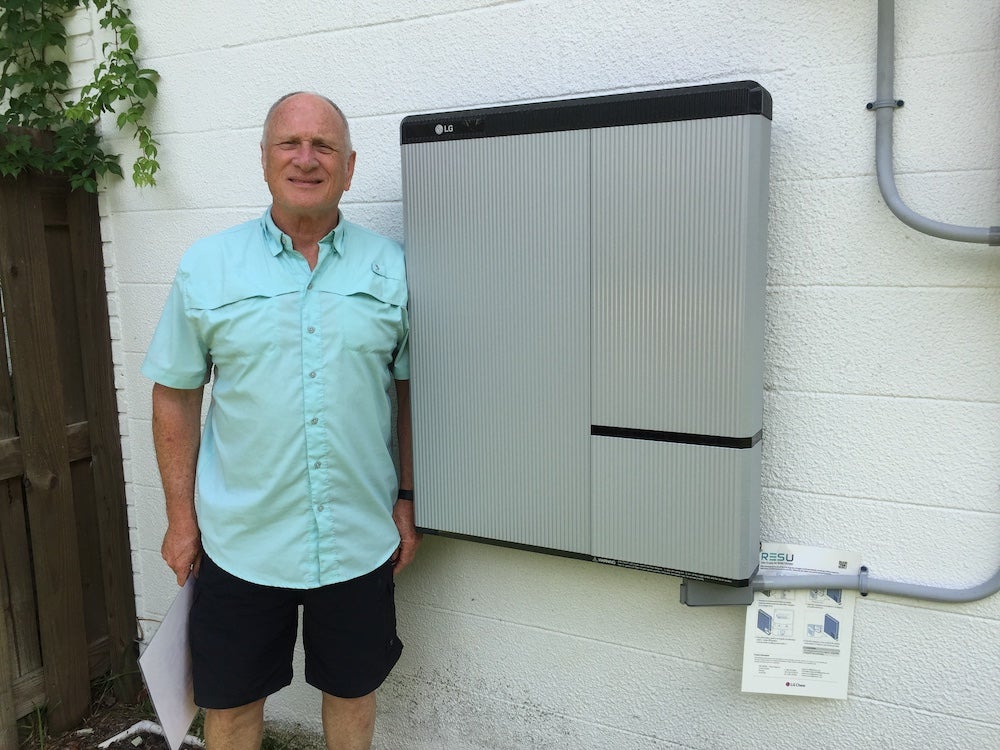
We say it all the time:
Solar + storage = resiliency.
When combined with a battery-capable inverter, battery storage plus a solar installation can enable a home to be self-sufficient after a grid outage.
Kathryn Smith’s battery storage kept her necessary items powered during a grid outage caused by Hurricane Irma in 2017:
“I was able to keep my refrigerator running during the day and lost very little food despite being without [grid] power for four days. I was also able to run fans to bring the cool morning air into the house, which kept the house reasonably comfortable and less humid.”
